Forget Everest: Nearly 100 epic Himalayan peaks are now free to climb

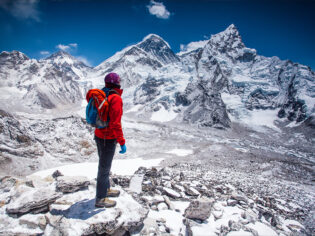
97 peaks are now free to climb. (Photo: Getty/miljko)
Nepal has waived climbing fees on nearly 100 peaks, making it easier than ever to explore the hidden side of the Himalayas.
In a strategic move to diversify tourism and stimulate economic growth in its remote regions, Nepal is making it easier to climb 97 of its Himalayan mountains. The peaks, which are rarely visited due to accessibility issues, will become free for climbers, opening up a host of exciting experiences to see the region from a fresh perspective.
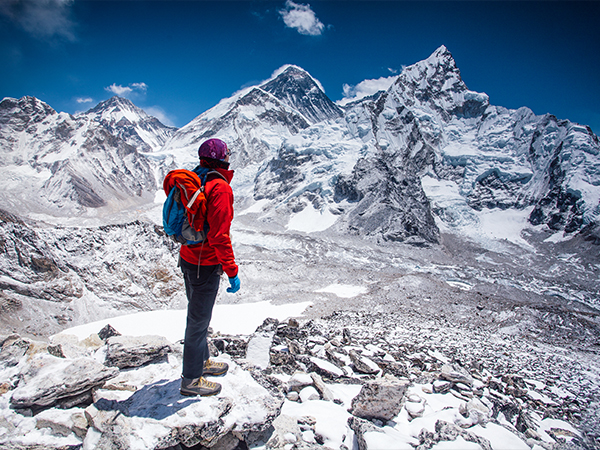
The climbing fee waiver follows a busy spring season in Nepal. (Photo: miljko)
Ranging from 5,970 metres to 7,132 metres, these stunning climbs present a unique opportunity to explore lesser-visited areas of the Himalayas. Despite them offering phenomenal natural beauty and high-altitude challenges, a mere 68 climbers visited these peaks in the last two years, compared to 421 Everest permits in 2024. The climbing fee waiver follows a busy spring season in Nepal, during which 1,168 climbing permits were issued – more than half of them for peaks over 8,000 metres.
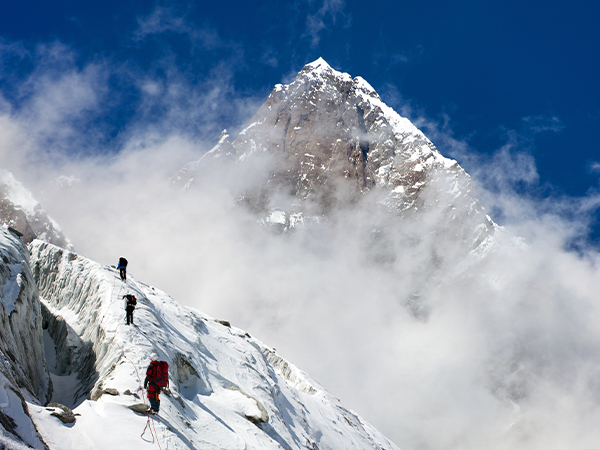
There have been years of criticism over Everest’s growing commercialisation and the dangerous overcrowding. (Photo: Getty/Daniel Prudek)
This move comes after a long-awaited bill was introduced to parliament in late April, framed as a response to years of criticism over Everest’s growing commercialisation and the dangerous overcrowding. Videos of the concerning traffic jams near the summit of Everest have been shared on social media, and the climbing fees for Everest are set to increase for the first time in nearly a decade by $15,000 during peak season.
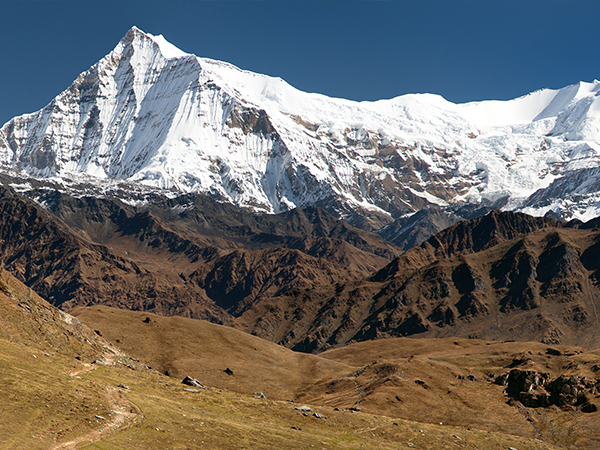
Churen Himal mountain is part of the Dhaulagiri massif in Nepal’s Karnali province. (Photo: Getty/Daniel Prudek)
Mountaineering is a major revenue source for Nepal, but the benefits are highly concentrated around popular peaks like Everest and Annapurna. These 97 climbs, which will be free for the next two years, are located in Nepal’s Karnali and Sudurpaschim provinces – some of the poorest and least developed areas of the country. The move aims to create jobs in these marginalised regions and promote sustainable, long-term tourism growth by encouraging adventure tourists to spend money locally.
These free peaks could also become ideal training grounds for aspiring Everest climbers, with a new law under consideration that would require a prior summit of a 7,000-metre mountain.
While the plan sounds promising, it is unknown whether there will be improved infrastructure in these areas to accommodate the influx of climbers this might invite.

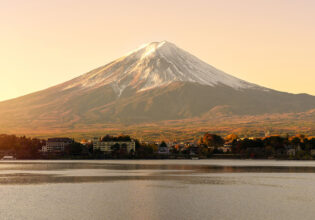







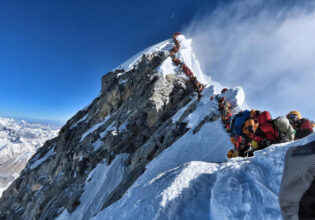




LEAVE YOUR COMMENT